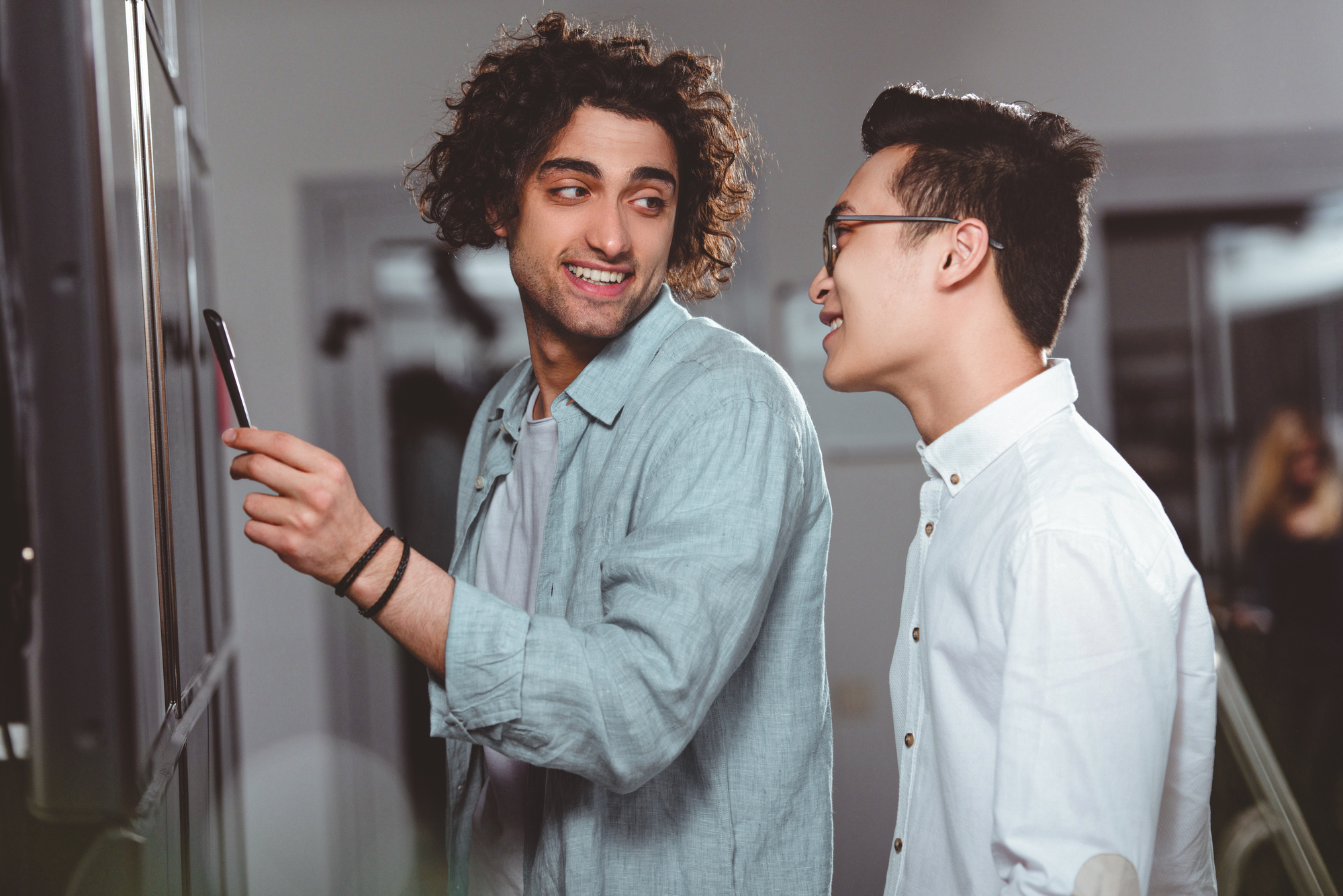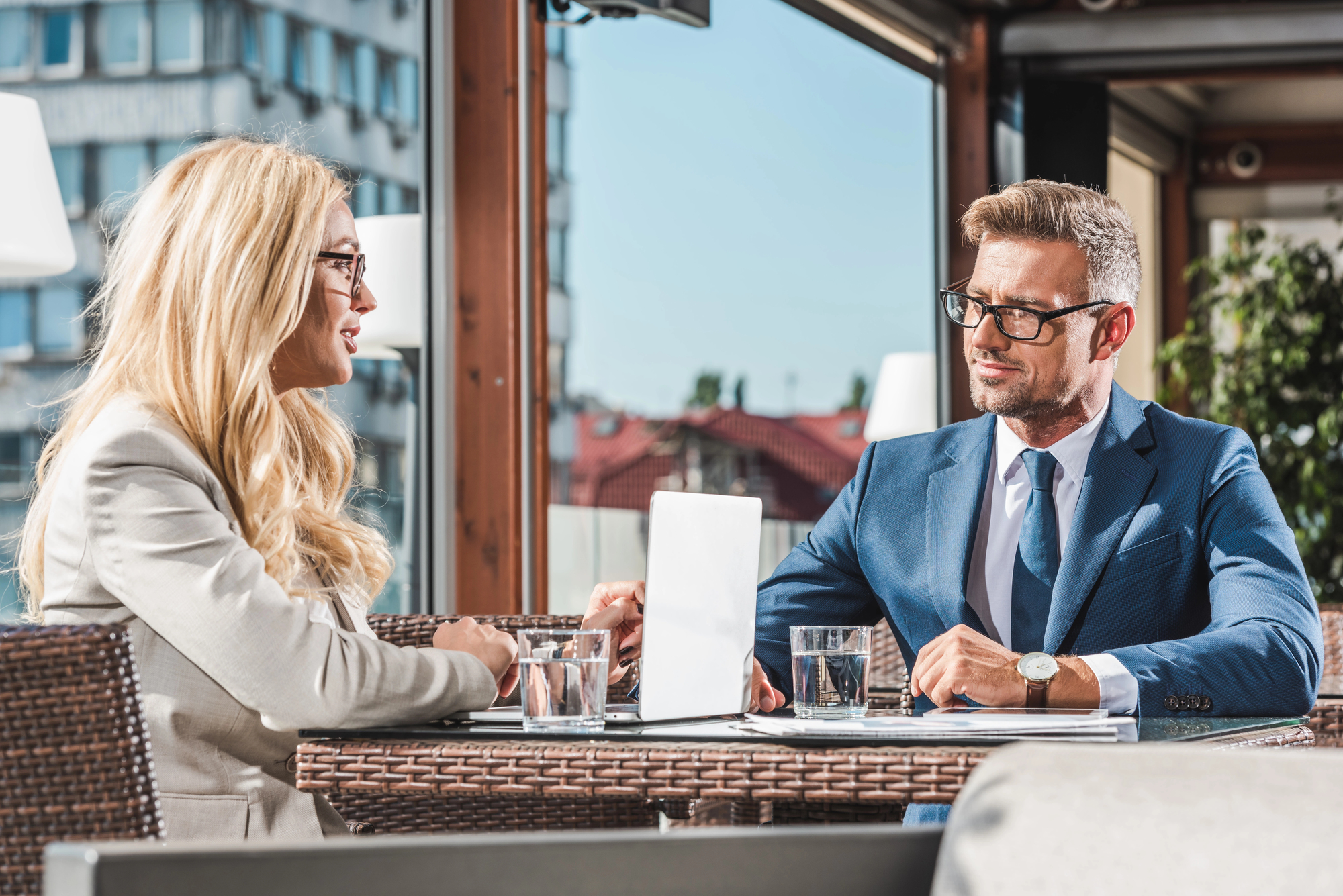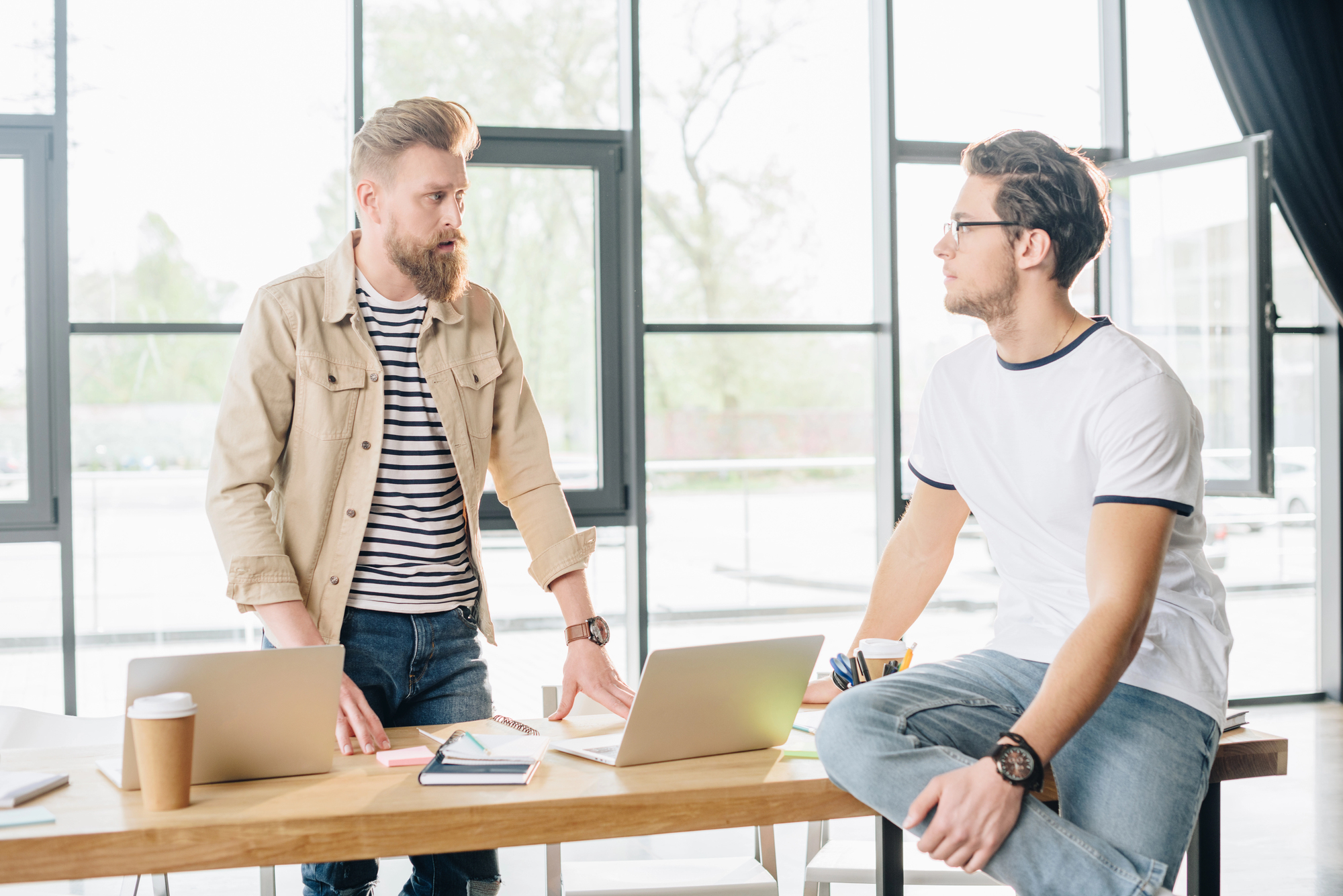Let your body showcase just how trustworthy you are.

Body language speaks volumes, often louder than words. In the realm of trust-building, subtle gestures can make a world of difference. Whether you’re navigating a job interview, meeting new friends, or strengthening existing relationships, mastering these nonverbal cues can significantly enhance your trustworthiness. Let’s explore twelve powerful yet understated body language techniques that will help you forge stronger connections and inspire confidence in others.
1. Stand tall.

Confidence radiates from within, and your posture is its outward manifestation. Straightening your spine and lifting your chin not only makes you appear more self-assured but also signals reliability to those around you. This doesn’t mean puffing out your chest like a peacock; rather, imagine a string gently pulling you upward from the crown of your head. By adopting this posture, you’ll exude a natural air of competence and dependability that others will instinctively pick up on.
2. Open your body shape.

Ever noticed how a blooming flower draws you in? Your body can have a similar effect. Uncrossing your arms and legs creates an open, inviting stance that subconsciously tells others you’re approachable and honest. This openness extends beyond just limbs—keep your torso facing the person you’re interacting with, rather than angling away. By doing so, you’re essentially laying out a welcome mat with your body, encouraging trust and fostering a sense of connection.
3. Use measured hand gestures.

Hand movements can be powerful tools for emphasis and expression, but wild gesticulation might make you appear erratic or overly excited. The key is finding a balance. Use your hands to illustrate points, but keep movements controlled and purposeful. This measured approach demonstrates thoughtfulness and self-control, both qualities associated with trustworthiness. Remember, your hands are supporting actors in the conversation, meaning they should enhance your words, not overshadow them.
4. Mirror the other person.

Mimicry, when done subtly, can be a powerful bonding tool. It’s not about becoming a human copy machine, but rather aligning your energy with the other person’s. If they speak softly, lower your voice. If they lean in, do the same. This mirroring creates a sense of rapport and understanding. It’s a dance of sorts, where you’re following their lead without stepping on their toes. The result? A feeling of being in sync, which naturally fosters trust.
5. Lean in.

Physical proximity can be a delicate dance, but leaning in slightly during conversation shows genuine interest and engagement. It’s as if you’re literally bridging the gap between you and the other person. However, respecting personal space is crucial. You’re aiming for attentiveness, not invasion. The ideal lean is subtle, almost imperceptible. It’s not about dramatically closing the distance, but rather creating a shared space where trust can flourish.
6. Nod along.

Nodding is the nonverbal equivalent of saying “I hear you” or “I understand.” It’s a simple yet powerful way to show active listening and agreement. But beware of overdoing it—constant bobbing can make you look like a dashboard ornament. Instead, nod at appropriate moments, particularly when the other person makes a key point or seeks affirmation. This gesture not only shows you’re engaged but also encourages the speaker to continue, fostering a deeper connection.
7. Tilt your head slightly.

A slight head tilt is like opening a door to your mind—it signals curiosity and attentiveness. This subtle movement shows you’re not just hearing words, but actively processing and considering what’s being said. It’s a nonverbal cue that says, “I’m interested in your perspective.” The key is in the subtlety; a dramatic tilt might make you look confused or skeptical. Aim for a gentle angle, as if you’re trying to catch every word.
8. Open your hands.

Our hands can be powerful trust-building tools when used correctly. Keeping them visible and open, with palms occasionally showing, demonstrates honesty and openness. It’s a subconscious signal that you have nothing to hide. Avoid stuffing hands in pockets or hiding them under the table, which can make you appear nervous or secretive. Instead, let your hands rest comfortably in your lap or on the table, ready to gesture naturally as you speak.
9. Smile warmly.

A genuine smile has the power to brighten the atmosphere and put others at ease. The key word here is ‘genuine.’ A forced grin can have the opposite effect, making you appear insincere or uncomfortable. Allow your smile to reach your eyes, creating those telltale crinkles that signal true warmth. Remember, you’re not aiming for a constant megawatt smile; instead, let it naturally ebb and flow with the conversation.
10. Appear relaxed.

Striking the right balance between relaxation and attentiveness is crucial for building trust. Fidgeting can make you appear nervous or dishonest, while being too rigid might come across as uncomfortable or insincere. The goal is to find your ‘Goldilocks zone’ of comfort—not too tense, not too loose. Take deep breaths to center yourself, and allow your body to settle into a natural, comfortable position. This relaxed state will not only make you appear more trustworthy but will likely help you feel more confident as well.
11. Turn your body toward the person.

Orientation speaks volumes in nonverbal communication. Turning your body toward someone shows they have your full attention. This doesn’t mean squaring up directly (which can feel confrontational), but rather angling your torso in their direction. It’s a physical manifestation of focus and respect. By doing so, you’re saying, “You’re important to me right now,” which naturally builds trust and rapport.
12. Slow down your movements slightly.

In our fast-paced world, deliberate slowness can be a powerful tool for building trust. Moving at a slightly slower pace conveys thoughtfulness and control. It suggests you’re not in a rush to leave or move on to the next thing. This unhurried approach applies to gestures, walking, and even speech. By slowing down, you create a sense of presence and stability that others find reassuring. It’s like creating a calm oasis in the midst of life’s whirlwind; a space where trust can grow.









